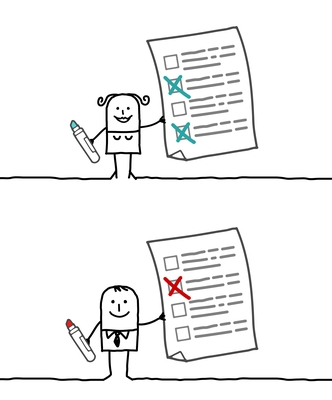We go nuts for surveys.
Especially the online kind, where anonymity rules [unless to win that one outta million prize by submitting your email].
We insert comments [never rude, of course]. Ask lots of questions in the “your opinions, please” box. Give feedback on the type of conclusions we think the surveyer wants. Ad infinitum.
That obsession (okay, we’re honest) led us to a recent conversation with a client who loves Halloween. She noted her kids were probably too old to dress up … and “besides, they can’t wear masks.”
Really?
The community, or so goes the explanation, banned full-face coverage (à la Darth Vader) a while back, fearing that when people can’t tell who you are, unruly and uncivil behavior just might follow.
Which, in our mind, might have been one of the prompts for the current popularity of apps like Secret and Whisper, sites such as Reddit. All frame e-anonymity as a good thing, with only the reminder to “say something kind.”
So our curious selves searched psych lit to discover what research could tell us. Answers surprised us. According to the professionals, identity masking can encourage participation, boost a certain type of creative thinking, and improve problem solving. Yeah, and, of course, some risk taking. Plus psychologists Marco Yzu and Brian Southwell argue that, no matter what the media of anonymity, most of us are still governed by good and basic human principles.
So the next time you craft a “no names revealed” survey …



